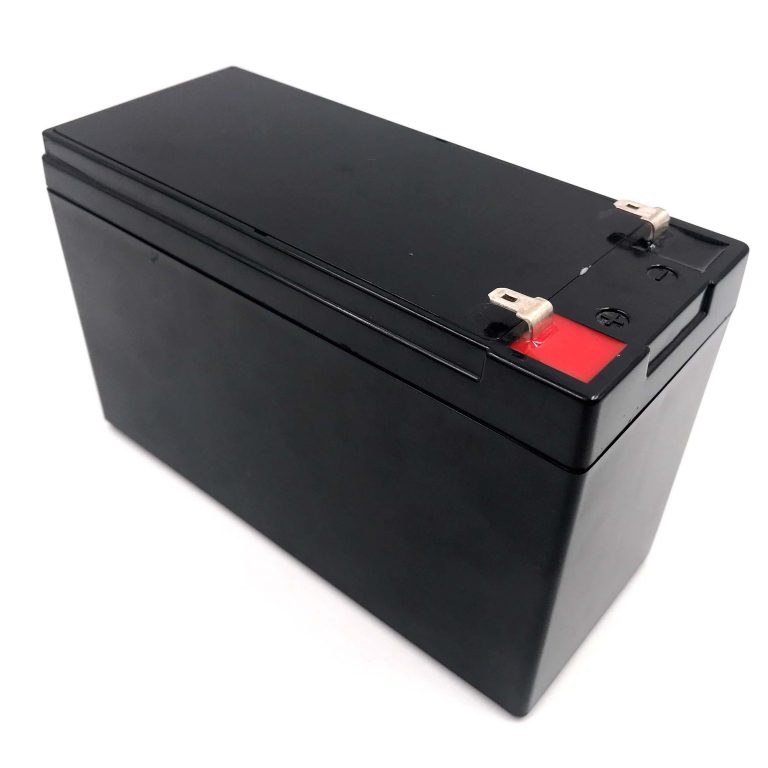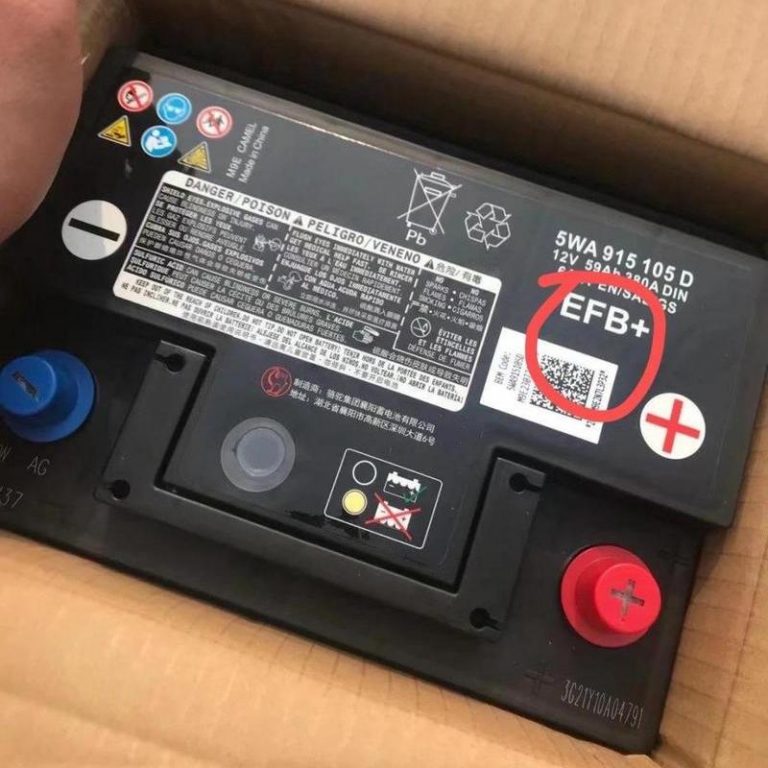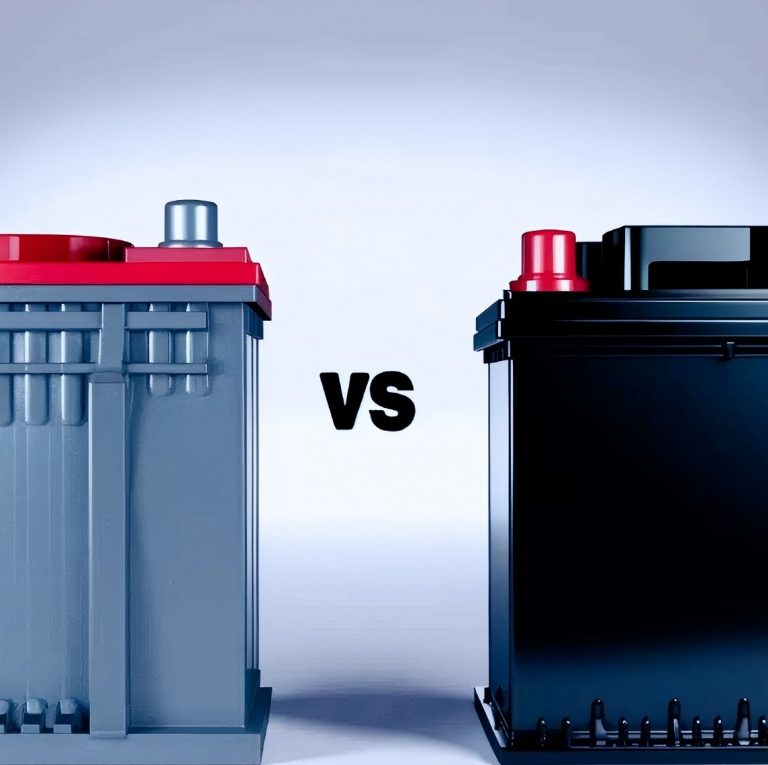Cómo probar una batería de 12V con un multímetro: Una guía paso a paso
Probar un 12V batería con un multímetro es una de las formas más efectivas y simples de verificar la salud de la batería. Si está diagnosticando problemas con un batería de coche, una batería de ciclo profundo, o cualquier otro sistema de 12V, Un multímetro proporciona una lectura clara del voltaje de la batería, ayudarlo a decidir si necesita ser reemplazado.
¿Podemos usar un multímetro para probar una batería de 12V??
Sí, Puede usar un multímetro para verificar el voltaje de una batería de 12V. Un multímetro mide la diferencia de potencial eléctrico entre dos puntos, permitiéndole evaluar fácilmente el estado de carga y la salud de la batería.
Herramientas necesarias:
- Multímetro digital (con capacidad de medición de voltaje de CC)
- 12V batería (batería automotriz, batería de ciclo profundo, etc.)
- Soporte para la batería (Opcional para facilitar)
- Equipo de seguridad (guantes y gafas de seguridad si es necesario)
Guía paso a paso para probar la batería de 12V:

Prepara tu multímetro:
- Establezca el multímetro para medir Voltaje de DC. Esto generalmente se indica con una línea recta con líneas punteadas debajo de él. (para voltaje de CC).
- Seleccione un rango de voltaje que incluya 12V (P.EJ., 20Rango V DC).
Conecte los cables del multímetro:
- Plomo rojo: Conéctelo al terminal positivo de la batería (marcado con un signo más).
- Plomo negro: Conectarlo al terminal negativo de la batería (marcado con un signo menos).
Leer la pantalla:
- Una vez que los clientes potenciales están conectados de forma segura, El multímetro mostrará una lectura de voltaje. Tome nota del voltaje que se muestra en la pantalla.
Interpretar los resultados:
- Un completamente cargado, Batería saludable de 12 V debe leer entre 12.6V y 12.8V Cuando el motor está apagado.
- Si la batería está bajo carga, El voltaje caerá, y la lectura de voltaje puede ser inferior a 12V.
Cómo determinar la salud de la batería utilizando lecturas multímetro:
Voltaje normal:
- 12.6V – 12.8V: La batería está en buenas condiciones, Totalmente cargado, y saludable.
Batería descargada:
- 12.4V – 12.5V: La batería está moderadamente descargada. Todavía puede funcionar pero debe cargarse pronto.
- 12.0V – 12.3V: La batería es baja y requiere cargar.
Batería excesiva o una batería defectuosa:
- 11.9V o debajo: La batería está bajo cargo o potencialmente defectuosa. Un voltaje por debajo de 11.8V indica una batería muerta o falla, Especialmente si lucha por iniciar un vehículo o alimentar otros sistemas.
Batería sobrecargada:
- 13.0V o superior (con el motor en funcionamiento): Esto puede indicar un problema con el sistema de carga, Como un alternador de sobrecarga.
Escenarios de casos:
Prueba de batería de coche:
- Lectura de batería de un coche 12.6V Cuando el auto está apagado sugiere una batería saludable.
- Si la batería del coche se lee 11.5V, Es probable que sea defectuoso y necesite reemplazo o al menos una carga.
- Una lectura de 14V Cuando el motor está funcionando significa que el alternador está sobrecargando la batería.
Batería de ciclo profundo:
- Una lectura de batería de ciclo profundo 12.6V Cuando está completamente cargado es típico. Si es consistentemente bajo (por debajo de 12v), Es posible que ya no tenga una carga y necesite reemplazar.
Caso extremo:
- Batería a 10 V: En un caso extremo, Es probable que una lectura de batería de 12V sea dañada. Es posible que no proporcione suficiente corriente para iniciar un vehículo y podría causar un comportamiento errático en los sistemas alimentados..
Otros métodos para probar la calidad de la batería de 12V:
Prueba de carga:
- Cómo funciona: Un probador de carga aplica una carga resistiva a la batería mientras mide la caída de voltaje. Una batería sana debe mantener al menos 9.6V bajo carga (a 70 ° F o 20 ° C).
- Pros: Más preciso para probar el rendimiento de la batería en condiciones de carga.
- Contras: Requiere equipo especializado.
Prueba de conductancia:
- Cómo funciona: Mide la conductancia de la batería, que está relacionado con su resistencia interna y salud.
- Pros: Rápido y no invasivo.
- Contras: Más caro y menos común que los probadores multímetros y de carga.
Control de calidad en fábricas de baterías de 12V:
Las fábricas de baterías generalmente siguen protocolos de control de calidad estrictos para garantizar la consistencia y el rendimiento del producto. Esto incluye:
- Prueba de voltaje: El producto final se somete a una prueba de voltaje para garantizar que caiga dentro del rango requerido (P.EJ., 12.6V para una batería de 12 V completamente cargada).
- Prueba de capacidad: Algunas fábricas utilizan equipos especializados para probar la capacidad de la batería y su capacidad para mantener la carga con el tiempo.
- Prueba de ciclo: Las baterías están sujetas a múltiples ciclos de carga de carga para probar su longevidad y rendimiento en condiciones del mundo real.
- Prueba de carga: Muchos fabricantes realizan pruebas de carga para simular el uso real y verificar la funcionalidad de la batería bajo tensión.
Pruebas previas a la compra antes de comprar una batería de 12V:
Antes de comprar una nueva batería de 12V, Considere las siguientes pruebas:
- Inspección visual: Verifique cualquier señal de fuga, corrosión, o daño físico.
- Verificación de voltaje: Use un multímetro para verificar que el voltaje de la batería esté dentro del rango esperado.
- Amperios de arranque en frío (CCA): Si compra una batería automotriz, Asegúrese de que cumpla con la calificación CCA requerida para su vehículo.
- Política de garantía y devolución: Verifique la garantía del fabricante y la política de devolución para garantizar que la batería pueda reemplazarse si es defectuoso.
El uso de un multímetro para probar una batería de 12V es una forma simple pero efectiva de determinar su salud. Siguiendo los pasos describidos, Puede evaluar rápidamente si su batería está completamente cargada, mal encargado, o potencialmente defectuoso. Para pruebas más precisas, Considere las pruebas de carga o conductancia, Especialmente si se trata de equipos costosos. Con mantenimiento regular y pruebas adecuadas, Puede extender la vida útil de sus baterías de 12 V y evitar fallas repentinas..


















